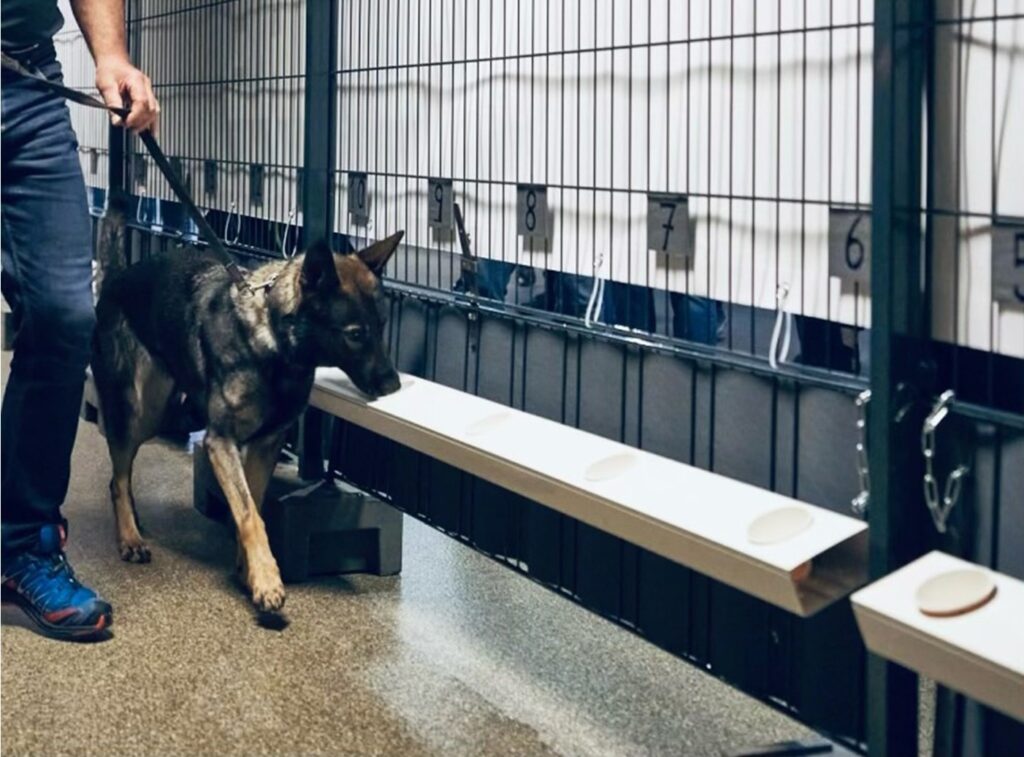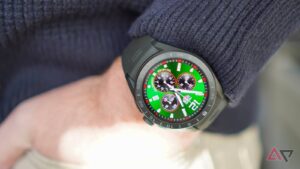
After experiencing canine COVID-19 screening at concerts, participants reported greater trust in detection dogs, positioning them as a fast and reliable tool for safer mass events. This development follows a recent study published in the journal Frontiers in Public Health, where researchers explored public perceptions of medical detection dogs compared to other COVID-19 testing strategies.
The study focused on concertgoers in Germany, examining their views on various testing methods for SARS-CoV-2, particularly the use of trained detection dogs. Most participants favored canine testing over traditional antigen or polymerase chain reaction (PCR) tests, showing a shift from a preference for sweat samples before concerts to higher support for direct sniffing afterwards. However, concerns about allergies, fear of dogs, and privacy issues made sweat sampling a more practical option for some.
Background on COVID-19 Testing
The COVID-19 pandemic has significantly altered global social and cultural dynamics. In Germany, lockdowns initiated in March 2020 brought public gatherings, including concerts and sports events, to a halt. To curb viral spread and facilitate a return to normalcy, various testing methods were introduced alongside vaccination efforts.
While PCR tests are considered the diagnostic gold standard due to their high sensitivity and specificity, they are costly, require specialized equipment, and take time to process. The discomfort associated with swabs has also limited their widespread acceptance. Rapid antigen tests became popular due to their accessibility, though their lower accuracy often led to confusion. In this context, innovative diagnostic approaches like medical detection dogs have gained attention.
Medical detection dogs demonstrated strong accuracy in the concert study, with sensitivity around 82–85% and specificity greater than 99%.
Despite the rollout of vaccines, challenges such as unequal distribution and variable immune responses underscore the need for complementary testing strategies.
Study Insights and Public Perception
Researchers aimed to investigate public opinion on canine-based SARS-CoV-2 testing at large events, focusing on its acceptability, feasibility, and future role in pandemic preparedness. Participants visited a certified testing center, provided informed consent, and underwent both PCR and antigen rapid diagnostic tests (Ag-RDTs) before completing a pre-concert survey.
The survey collected demographic and medical data, as well as perceptions of different testing methods. Participants attended one of four concerts over an eight-day period, where they provided a sweat sample screened by trained detection dogs. Only those with negative results were admitted.
Concert attendance totaled 2,802 individuals, with numbers ranging from 466 to over 1,000 per event.
After the concert, participants completed a follow-up questionnaire at home, sharing their experiences and confidence in different testing methods. The study analyzed 5,439 surveys, revealing that most respondents were aged 21–40 and predominantly female.
Key Findings
Before concerts, 39% preferred canine sweat-sample testing, 32% direct sniffing, 21% PCR, and 9% Ag-RDTs. Post-concert preferences shifted to 40% direct sniffing, 32% sweat-sample, 23% PCR, and 2% Ag-RDTs. Confidence in PCR tests remained high, while perceptions of canine testing improved significantly.
Initially, 59% of respondents rated dogs as reliable or very reliable, rising to almost 90% after the concert.
Participants strongly supported deploying detection dogs at airports, train stations, and large cultural or sporting events. However, opinions were divided regarding their use in schools, hospitals, and nursing homes due to privacy concerns.
Conclusions and Future Implications
This study underscores strong public support for medical detection dogs as a COVID-19 testing method, particularly after direct experience at a concert. Acceptance and trust in canine testing increased, with many participants favoring it over antigen-based tests, whose credibility declined post-event. While PCR testing maintained its status as the ‘gold standard,’ canine methods were viewed as faster, less costly, and practical alternatives for large gatherings.
Detection dogs were deemed appropriate for high-traffic settings like airports and train stations, though acceptance was lower in more private environments. The authors highlighted sweat sampling as a practical approach balancing efficiency, privacy, and participant comfort.
Potential sampling bias was noted, as concert attendees who voluntarily participated in dog testing events might be more receptive than the general population. Cultural and historical contexts also play a role, with Western countries showing higher acceptance of canine testing compared to others.
This research provides valuable insights into how firsthand exposure influences public opinion. While the sample may limit broader generalizability, canine testing shows promise as part of pandemic preparedness, complementing traditional methods. Standardized protocols and supportive regulations will be crucial for scaling up their use and ensuring long-term public confidence.







